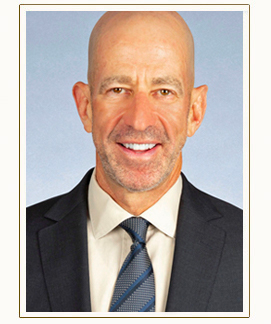Researchers at the University of California, San Francisco, have released a study recently published in JAMA Internal Medicine, after looking at more than 15 years of data. They examined the national Health and Retirement Study in order to discern how many elderly people are disabled in their last few years of life. The study looked at more than 8,000 adults over the age of 50 who died between the years 1995 and 2010, and how mobile they were, as well as any disabilities they had in their last years of life.
Gerontologists and other elder care professionals have been working on the “compression of morbidity:” keeping seniors healthy and active as long as possible so that there is little-to-no loss in quality of life until just before death. But despite their best efforts, the researchers believe that instead, people are living longer while also disabled. Though later-life disability can be slowed down, it cannot, it seems, be prevented entirely. According to the lead author, Dr. Alex Smith, most people who live to an older age, especially women, do so with a mobility issue or other disability for the last few years of life.
The study found that for the last two years before death, 28 percent of individuals were disabled in an area of “activities of daily living,” meaning they could not bathe, dress or toilet themselves without assistance. Twelve percent of that group was severely disabled; they needed assistance with all three of the activities of daily living, and other assistance, as well. The rate of disability rose sharply with the age ranges; of the group which died by age 69, only 15 percent were disabled in the two years prior to their deaths. Of the group which died after age 90, at least 50 percent were disabled within two years prior to their deaths.
Mobility issues occurred in most people in the study; 69 percent of the older group had reported that they could not walk more than several blocks, while 50 percent reported that they had trouble using stairs. Women overwhelming were more disabled in their later years compared to men the same age, possibly due to depression, osteoporosis and arthritis, all of which occur more commonly in elderly women than in elderly men. The study did not include the incidences of cognitive decline.
The study indicates that the U.S. needs better elder care facilities, comprehensive medical elder care and extensive support structures in place as the nation’s elderly population continues to grow.



